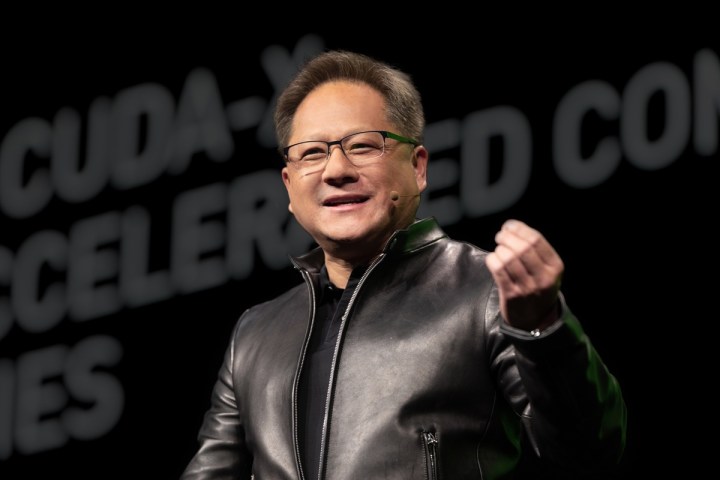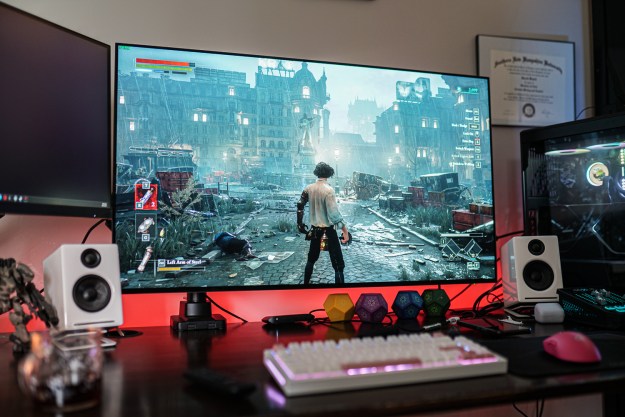Nvidia and other computing companies are calling on the Biden administration to lower the cost of graphics cards. In several comments sent to the office of the United States Trade Representative (USTR), the companies called for an exclusion from the tariffs that could increase graphics card prices by as much as 25%.
In October, the USTR opened comments on the extension of exclusions that came as part of the Trump administration’s tariffs on goods imported from China. In 2020, the Trump administration extended tariffs to semiconductors and printed circuit boards (in this case, graphics cards), fueling the flames of an ongoing trade war with China. These tariffs, at least in part, have been cited as a source of the ongoing GPU shortage.

Graphics cards were given an exclusion on the tariffs, but it expired at the end of 2020. “We support reinstating the exclusion,” a lawyer representing Nvidia said in its comment. “Efforts to create new capacity in countries that presently do not manufacture such products (such as the U.S. and Vietnam) were unsuccessful and were severely hampered by the fallout from COVID-19.”
HP joined Nvidia with a comment of its own, saying that “HP strongly supports reinstatement of the exclusion.” Graphics card maker Zotac joined in as well, citing how difficult it is to “source for a right manufacturer to produce products in the United States and/or in third countries beside China.”
Tariffs are a tax on goods imported from another country, but the country exporting those goods isn’t responsible for paying. The importer — someone in the U.S., in this case — is on the hook for the extra cost, which is usually passed down to consumers. Tariffs are meant to deisincentivize purchasing imported products by making them more expensive than domestic products.
That’s the problem, though: The U.S. doesn’t produce any graphics cards. As Nvidia, Zotac, and HP all point out, the supply chain for
It will be several years before the U.S. sees a domestically produced graphics card, if at all. Intel, the current champion of domestic semiconductor manufacturing, is still outsourcing its upcoming Arc Alchemist graphics cards to Taiwan-based chipmaker TSMC. AMD and Nvidia also partner with TSMC for manufacturing, as does Apple.
There’s a good chance that the USTR will extend an exclusion to graphics cards, which should drive down prices. The USTR says that exclusions will be doled out to products based on availability in the U.S., domestic capacity for production, and changes in the supply chain since September 2018.
Editors' Recommendations
- All of the exciting new GPUs still coming in 2024
- As a lifelong PC gamer, these are the apps I couldn’t live without
- I’ve reviewed every AMD and Nvidia GPU this generation — here’s how the two companies stack up
- Don’t buy a cheap GPU in 2024
- 5 GPUs you should buy instead of the RTX 4070





